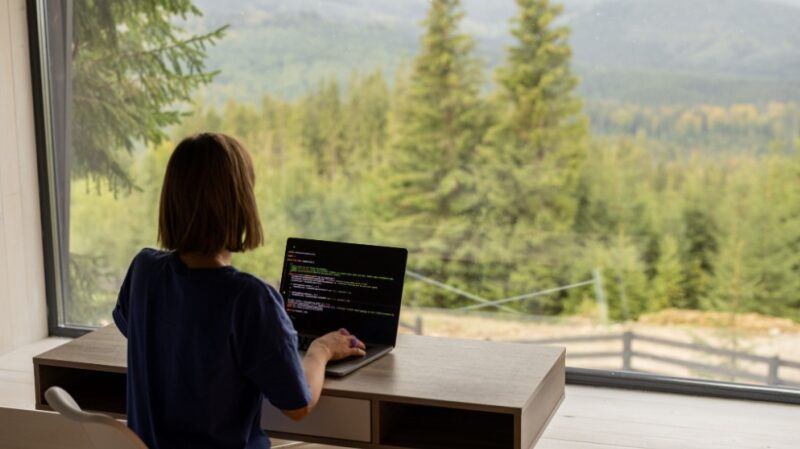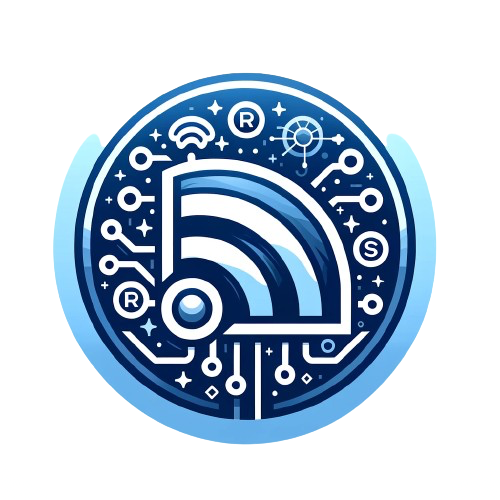
What Are The Most Notable Changes In Remote Work In The Past 4 Years?
About four years ago, in March 2020, the COVID-19 pandemic changed the job market as we know it once and for all. From one moment to the next, employees were thrust out of the office and into a virtual professional world many had never experienced before. Even as this crisis comes to an end and things return to normal, it seems that remote work has become an integral element of the modern job market that is here to stay. Let’s take a look at the evolution and main changes in remote work that have reshaped industries and set the stage for the future.
A Brief History Of Telecommuting
Before we talk about the recent changes in the field of remote work, it is worth mentioning that this isn’t a new concept. Small business owners, writers, translators, and other professionals had been working outside of the office well before the pandemic. In fact, the term “telecommuting” was coined as far back as the 1970s by NASA engineer Jack Nilles. But remote work rose in popularity after personal computers became more accessible, namely in the late ’80s and ’90s. Since then, more and more people have been leveraging the technological advancements of the 20th and 21st centuries to minimize or eliminate the need to commute.
The Sudden Rise Of Remote Work In 2020
Nothing can compare to the boom of remote workers that happened in 2020. A survey shows that the number of fully remote workers in the USA soared from 17% in 2019 to 44% in 2020. What might have naturally occurred in the span of a few decades, considering the rapid pace in which technology is evolving, happened almost overnight, with businesses being forced to quickly adapt to lockdowns and social distancing mandates. The existence of video conferencing software and internal communication platforms made this transition possible, although the first months were certainly a challenge for all.
Changes And Evolution Of Remote Work
Now that four years have passed since the rise of remote work, what has changed in our everyday lives? Let’s see some shifts in the culture of remote work and how those are reshaping the job market.
1. Adoption And Normalization
The first and most noticeable change in remote work is how widely accepted and even preferred it has become after four years. What was once so bizarre, namely not having to commute and working at home using a laptop, is now natural and even sometimes expected by employees when starting a new job. At the same time, organizations have adapted their policies and processes to accommodate remote work. That includes adopting hybrid work models after the need for social distancing was gone, streamlining remote communication, and providing their employees with equipment and ergonomic home office setups.
2. Cultural Shifts In Remote Work
The shift to remote work has changed the lives of workers in numerous ways. It gave them a newfound sense of flexibility that significantly improved their work-life balance. The hours they no longer had to spend commuting could be devoted to self-care in the form of rest, exercise, and better meals. Additionally, it encouraged leaders to break away from micromanaging behaviors, as they were forced to trust their employees and let them work with less supervision. This gradually created a culture of accountability and trust, empowering employees to take ownership of their work and allowing leaders extra time for strategic planning.
3. Technological Advancements
No one can argue that remote work is more technologically advanced compared to a few years ago. Video conferencing platforms have evolved to keep up with the needs of employees, allowing them to use live whiteboards, host virtual events, and connect from multiple devices, among other features. Communication among team members is immediate, and file sharing is easier than ever. At the same time, project management software keeps employees updated regarding the progress of various tasks and projects despite the distance between them. In some industries, VR and AR tools have made the remote work environment more immersive than ever, taking employee training and collaboration to new levels.
4. Challenges And Concerns
Although remote work has a generally positive impact on workers’ lives, there are downsides to consider. Remote employees often deal with feelings of isolation and stress that they can’t easily discuss with coworkers or leadership, causing disengagement and even burnout. Digital communication can also lead to fatigue when overused. Organizations are taking action against that by implementing no-meeting days or limiting the number of daily meetings. Overall, focusing on employee well-being is crucial for companies with remote workforces to combat its negative effects. That would include hosting virtual team-building activities, providing mental health support, and encouraging regular breaks.
Conclusion
The past four years have brought significant changes to remote work, spanning from the way we view it to its everyday processes. What initially started as an emergency response to a sudden global crisis has now turned into a normalized and preferred mode of work for millions of workers around the world. The future of remote work and how technology and cultural shifts will reshape its current form remains to be seen, but one thing is certain: it is here to stay.





